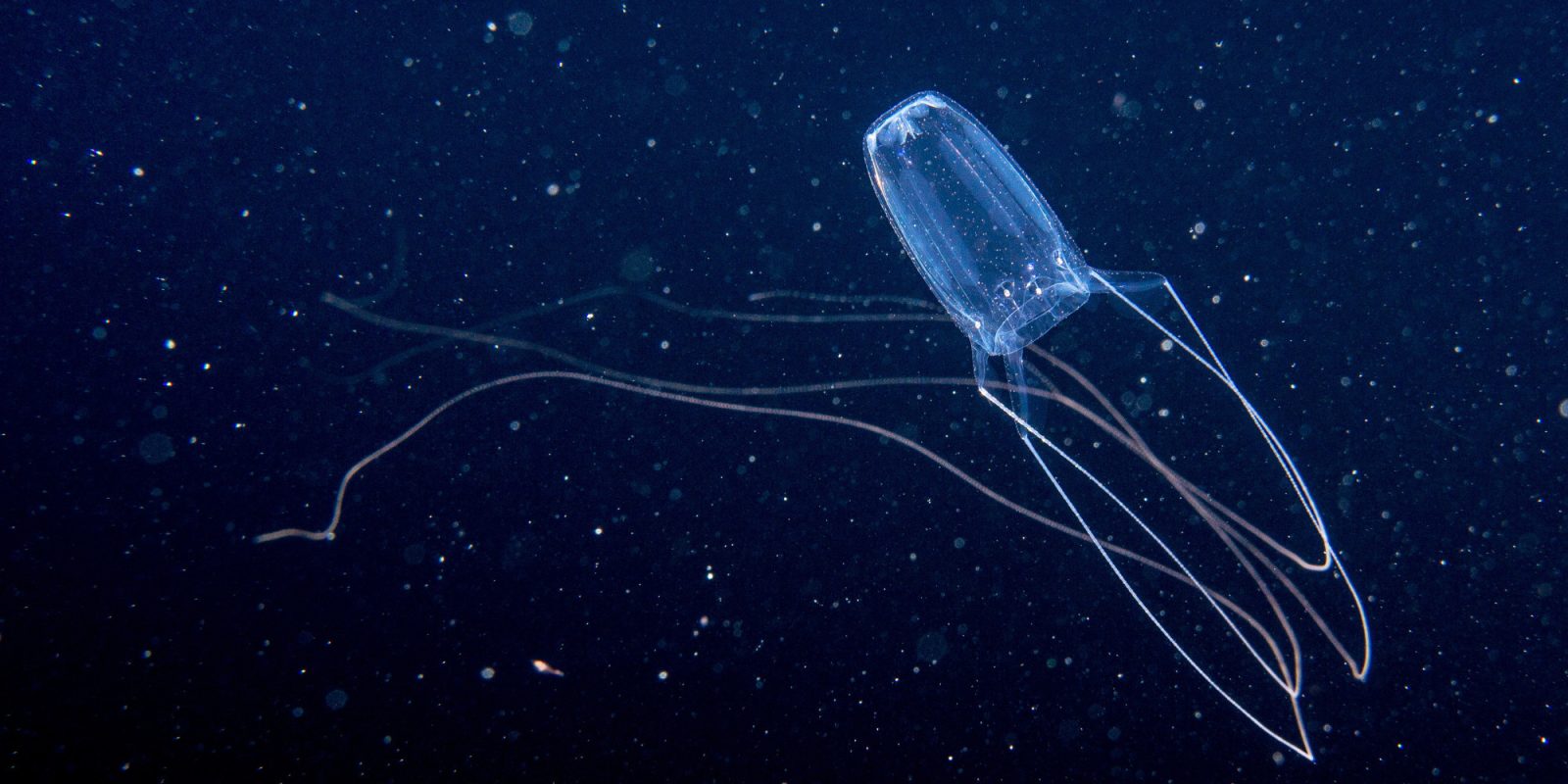
Drones that have racked up countless hours flying above Australian beaches on watch for drowning situations and approaching sharks may soon start scanning the waters for another potentially deadly threat: box jellyfish.
While multiple Australian states have for the past few years provided lifeguard teams with drones as an aerial asset to scan the beaches and waters for trouble, the Queensland city of Mackay wants to expand use of the craft to detect groups of box jellyfish. The push comes after a 14-year-old boy died in February after being stung by one of the marine invertebrates, whose toxin is described as the most lethal of all the world’s venomous creatures – provoking death in as fast as two minutes.
Mackay Mayor Greg Williamson wants to prevent future fatalities from occurring on his watch, and is urging the Surf Lifesaving Queensland lifeguard association to train operators to spot jellyfish from on high in addition to threats like sharks and saltwater crocodiles.
No single technique will entirely eradicate the risk of being stung, or killed, by the gelatinous animals, but Williamson says aerial spotting is an obvious asset not currently being exploited.
At the moment, routine dragging of nets to scoop jellyfish up is estimated to be only about 5% effective in securing any single beach area. Meanwhile, sun- and water-loving Aussies have been understandably averse to dressing up in special anti-sting suits before wading in for a swim. The usual battery of creams and medical treatments for people who have been zapped, meanwhile, often proves both too little and too late.
So why not try drones, asks Williamson. After all, the craft have long been tested by Australian researchers for spotting the large box jellyfish from above, and are now considered 90% effective in that task. Their mission is made all the easier, experts note, by the creatures tending to travel in packs as they search of food, making them even more conspicuous for whirring eyes in the sky to pick up.
“They herd their prey into shallow water… they’re not just a lump of jelly floating around,” Williamson told ABC.net. “They’re almost predatory and can swim faster than an Olympic swimmer.”
With drones operating over many Australian beaches already, it isn’t clear why their deployment in Mackay couldn’t begin immediately – though evidently the wheels of change turn slowly even for lifeguard associations. As a result, Williamson says he hopes the craft will be flying over popular coastal spots in his city by next summer.
FTC: We use income earning auto affiliate links. More.

Comments